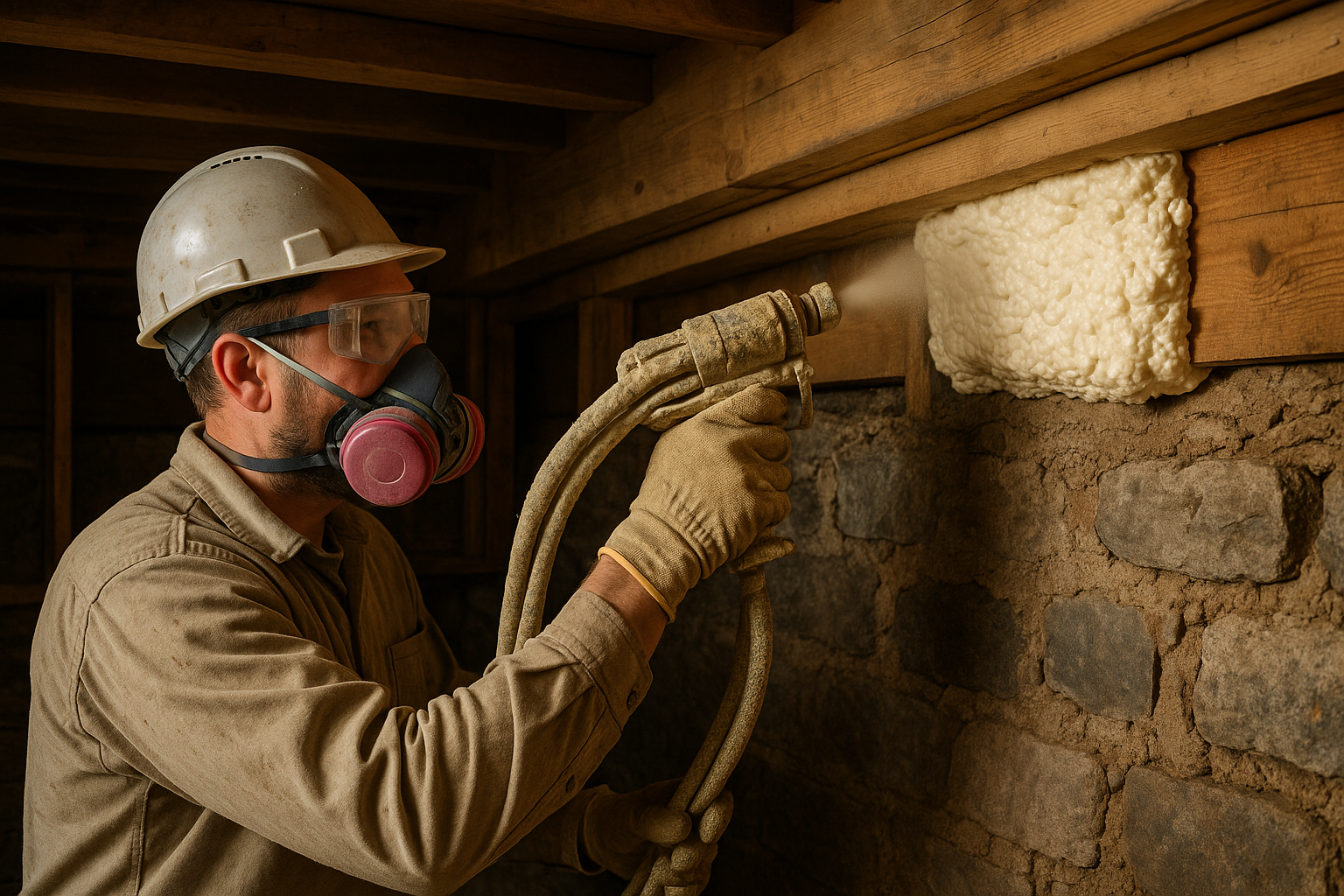5 High-Impact Renovations to Winter-Proof Your Massachusetts Home (That Most Homeowners Overlook)
Tired of sky-high heating bills and drafty rooms every winter? Discover expert-level upgrades that truly insulate, protect, and add long-term value to your home before the cold hits.
If you live in Massachusetts, you know winter isn’t just cold — it’s relentless. While most blogs will tell you to “check your windows” or “install weather stripping,” that’s just the surface. The reality is, true winter prep requires targeted renovations that address structural inefficiencies in New England homes — especially older ones.
Whether you’re in a colonial in Arlington or a bungalow in Brookline, here are five overlooked (yet highly effective) renovations that will save you thousands in energy costs, prevent damage, and make your home noticeably more comfortable.
1. Air-Seal and Insulate Rim Joists in the Basement
Why it matters:
This is one of the biggest sources of heat loss in Massachusetts homes — and one of the least addressed.
What to do:
Use spray foam insulation (not fiberglass) along the rim joists.
Target sill plates and band joists with air sealing and rigid foam for best results.
This alone can improve home comfort and cut heating loss by up to 30%.
Pro tip: If you feel cold air near your floors in winter, this is likely the culprit.
2. Upgrade to a Closed-Cell Spray Foam in Attic Kneewalls or Sloped Ceilings
Why it matters:
Many Boston-area homes have finished attics or cape-style roofs where traditional insulation underperforms.
What to do:
Use closed-cell spray foam for R-values over R-6.5/inch.
Insulate the roofline (not just the attic floor) to create a “conditioned attic” that improves HVAC efficiency.
Avoid: Blown-in cellulose without air sealing. It settles and loses effectiveness in tight, angled spaces.
3. Replace Hollow-Core Exterior Doors (Even If They “Look Fine”)
Why it matters:
Many older homes still have hollow-core doors, even if they’ve been painted or look updated.
What to do:
Opt for solid wood or fiberglass doors with polyurethane cores.
Check for adjustable thresholds and proper weatherstripping — even the best door fails without these.
Diagnostic tip: If you see daylight around your closed door, heat is escaping.
4. Reframe and Insulate Bump-Outs and Cantilevered Spaces
Why it matters:
Bay windows, bump-outs, and cantilevered floors often lack proper subfloor insulation — creating major cold spots.
What to do:
Remove exterior soffits and insulate from below with rigid foam or spray foam.
Ensure proper air sealing before finishing with sheathing and trim.
Why it’s often skipped: It’s not visible. But it’s one of the worst offenders for heat loss and pipe freezing.
5. Install a Whole-House ERV (Energy Recovery Ventilator)
Why it matters:
Modern, sealed homes trap stale air in winter. Moisture builds up, leading to mold, allergens, and discomfort.
What to do:
Install an ERV connected to your HVAC system to bring in fresh air and exhaust stale air — while maintaining heat balance.
Especially important in homes that have been recently air-sealed or heavily insulated.
Bonus: Helps reduce window condensation, improve indoor air quality, and reduce radon levels.
Anyone can caulk a window. But real winter protection — the kind that cuts heating costs, prevents ice dams, and keeps your family healthy — requires professional insight and strategic renovation. At Artisans Homes & Renovations, we don’t do band-aids. We fix the structure, the envelope, and the performance of your home.
Planning a renovation? Don’t let poor insulation ruin your comfort or budget. Contact Artisans Homes & Renovations for a consultation — and let’s make your home warmer, smarter, and more efficient from the inside out.

